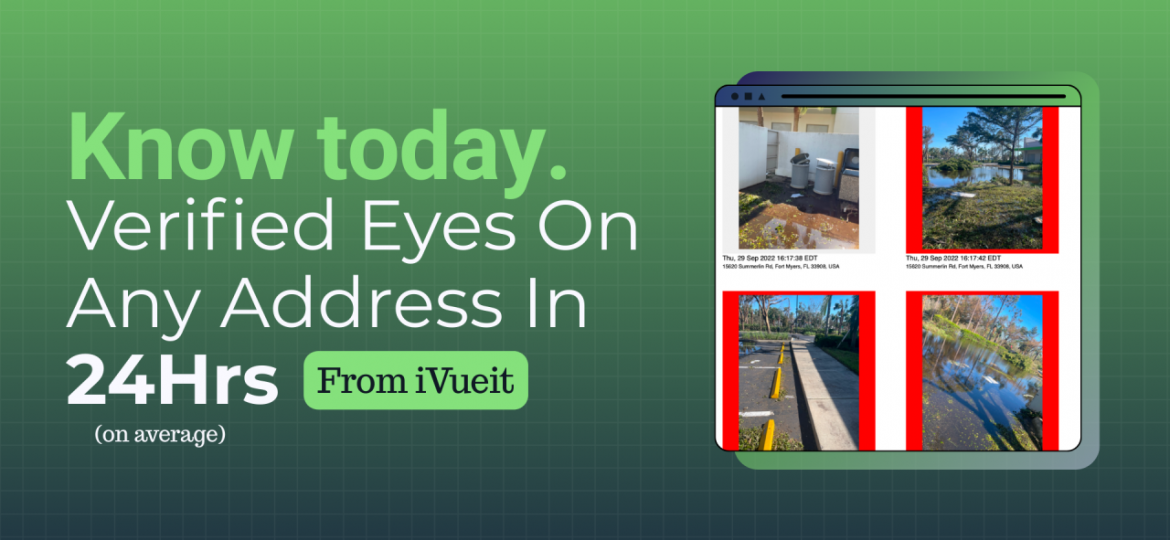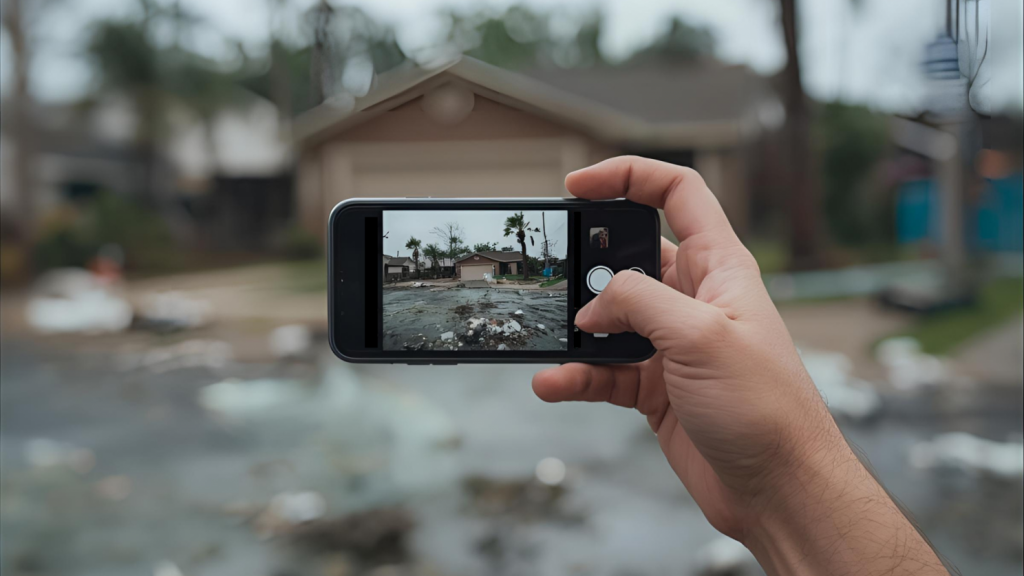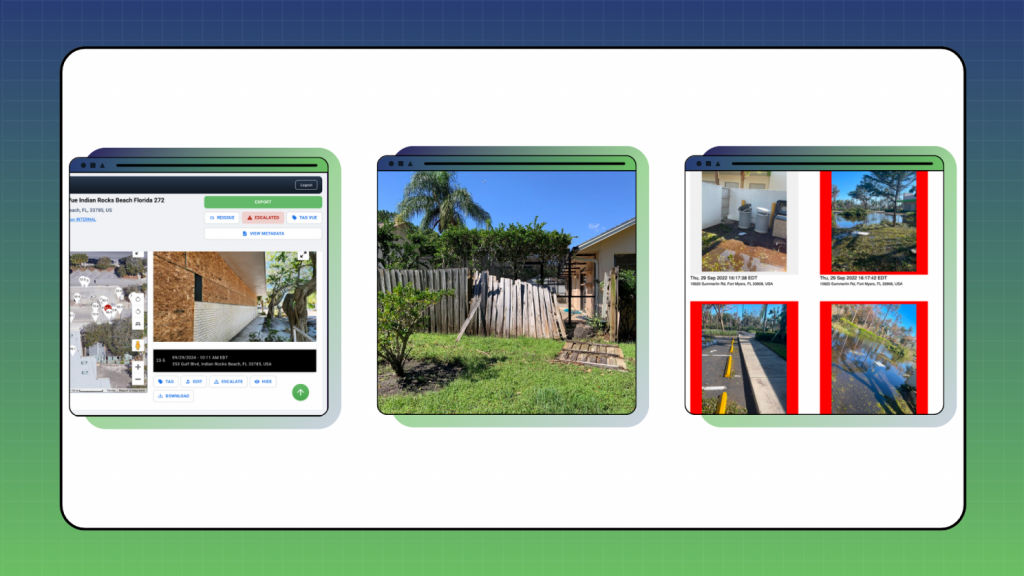
It is September. The Atlantic hits its stride now. According to National Hurricane Center, the season’s climatological peak is September 10, and the most action historically clusters from mid-August through mid-October. Decisions in this window ripple through your losses, your reopen timelines, and your reputation.
The backdrop is not gentle. NOAA confirmed 27 U.S. billion-dollar disasters in 2024, the second-highest count on record, with an estimated cost near $183B. 2023 set the record with 28. Even as NOAA retires that tracking program going forward, the signal is clear.
Severity is up, and the margin for slow moves is gone.

Water intrusion turns into mold in as little as 24 to 48 hours if materials are not dried. Post-disaster fraud spikes as bad actors swarm neighborhoods and job sites. Rushing crews back without a clear read on hazards creates OSHA exposure and secondary incidents. You need proof, not promises. (CDC, US EPA, nicb.org, OSHA)
This is How iVueit changes the first 24 hours
- Insurance, carriers and TPAs. You win CAT surge control with early evidence. iVueit puts verified eyes on any address, typically in under 24 hours, so you can separate real losses from noise, set cleaner reserves, and move honest claims first. For flood claims, earlier documentation also supports downstream Proof of Loss requirements that often run on a 60-day clock. (Floodsmart Agents)
- Facilities managers and retailers. Safe re-entry is a decision, not a guess. Get time-stamped, geo-tagged visuals on power, water, ingress and egress, lighting, slip hazards, and roof lines where permitted. Brief crews with facts. Reopen faster and safer. (OSHA)
- SFR portfolios. “Occupied” does not always mean occupied. Run rapid occupancy checks in impacted ZIPs. Catch leaks, theft, or vandalism before they balloon into make-ready overruns and lost rent. The mold clock is already running. (CDC, US EPA)
- Municipalities and public works. Debris and damage documentation drives reimbursement and closeout. Use independent visuals to map debris types, pickup corridors, and choke points. Package evidence with tickets and routes. Move project worksheets with fewer questions.

What you actually receive
Verified, third-party documentation you can act on. Time-stamped, geo-tagged photos and video. Measurements and structured survey answers. A concise readout that makes the next move obvious. Turnaround is typically under 24 hours, across urban centers and hard-to-reach areas.

Why it matters now
Peak season compresses everything. Claims. Crews. Capital. The teams that see clearly in the first day protect more than property. They protect timelines, customer experience, and brand trust. That is the real edge.
Try it on real addresses. Pilot a site across your footprint. If it does not speed decisions this week, we step back. >> sales@ivueit.com
Sources: NOAA National Hurricane Center on the September 10 peak and peak window; NOAA on 2024 and 2023 billion-dollar disaster counts and costs; CDC and EPA on mold timing; NICB on post-disaster fraud; OSHA on employer responsibilities in hurricane recovery. (National Hurricane Center, Climate.gov, NOAA, CDC, US EPA, nicb.org, OSHA)
